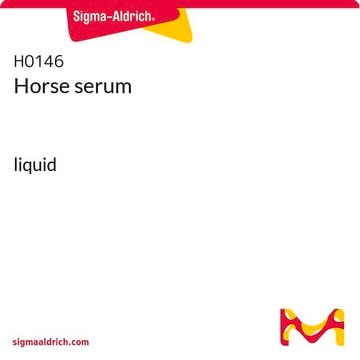H1270
Horse Serum
Donor herd, USA origin, sterile-filtered, suitable for cell culture, suitable for hybridoma
Synonym(s):
HS, equine sera, equine serum, horse sera, sera, serum
About This Item
Recommended Products
biological source
horse serum
sterility
sterile-filtered
form
liquid
composition
Hemoglobin, ≤20 mg/dL
origin
USA origin
technique(s)
cell culture | hybridoma: suitable
cell culture | mammalian: suitable
impurities
≤10 EU/mL Endotoxin
shipped in
dry ice
storage temp.
−20°C
Looking for similar products? Visit Product Comparison Guide
General description
Application
Other Notes
Preparation Note
Storage Class Code
12 - Non Combustible Liquids
WGK
WGK 3
Personal Protective Equipment
Certificates of Analysis (COA)
Search for Certificates of Analysis (COA) by entering the products Lot/Batch Number. Lot and Batch Numbers can be found on a product’s label following the words ‘Lot’ or ‘Batch’.
Already Own This Product?
Find documentation for the products that you have recently purchased in the Document Library.
Customers Also Viewed
Our team of scientists has experience in all areas of research including Life Science, Material Science, Chemical Synthesis, Chromatography, Analytical and many others.
Contact Technical Service







